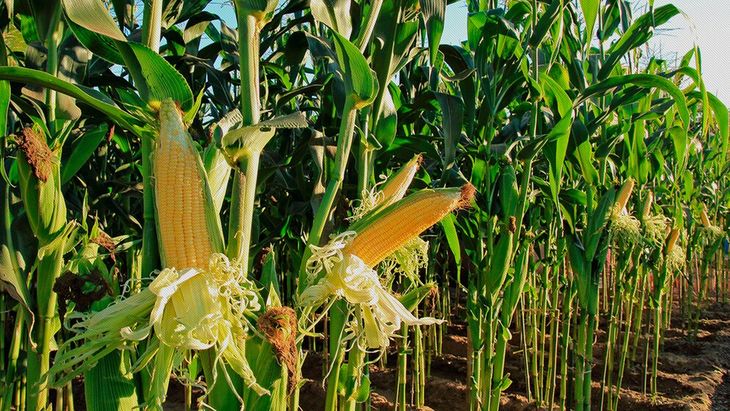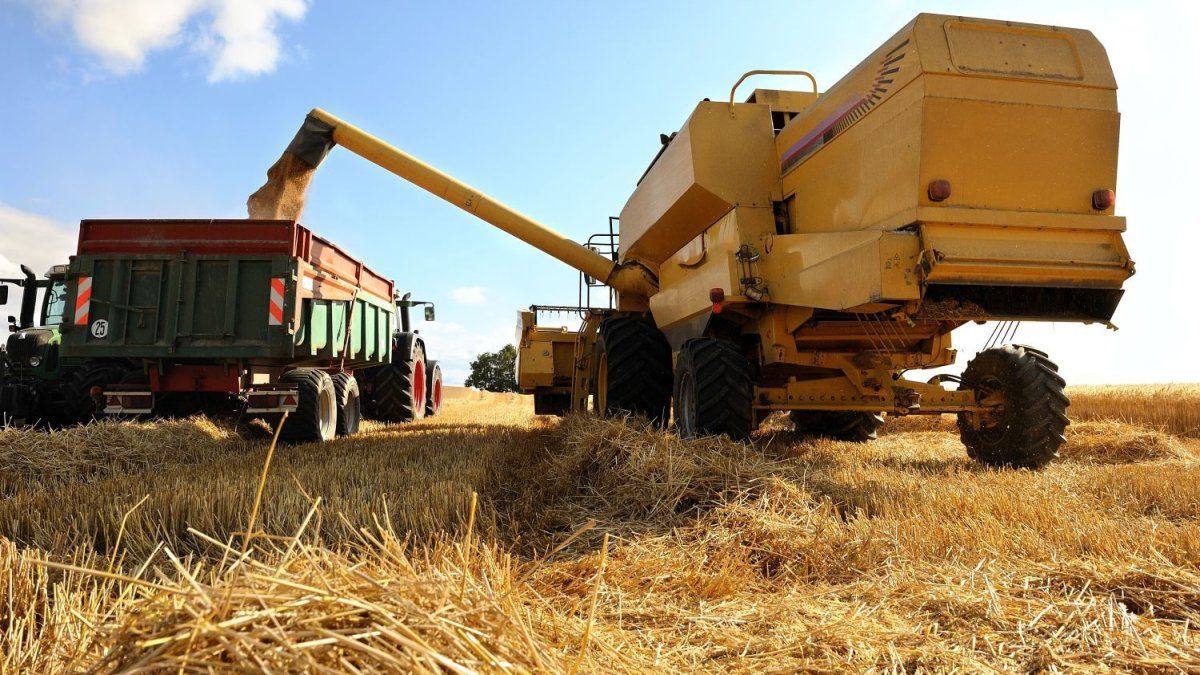He Austral Ag Baromettersurvey that the mood of the Argentine producer measures every two months, reflected in Julio-August a new blow to agriculture. The index fell from 130 to 127 points compared to Maya loss of 1.5%, But the most significant is that it accumulates a 15% setback so far this yearafter having reached a maximum of 149 in November 2024.
Although the general index is still located in Positive landthe trend is clear: the producer perceives a deterioration that is portrayed in the present conditions, which fell from 94 to 89 points (-5%). Future expectations, on the other hand, were stable in 153, which marks a contrast between the caution of the present and the optimism of the medium term.
The most critical data of the survey is the collapse in the expectations of investment in fixed assets, collapsed 112 last November to 66 in July of this yeara 59% decline in just eight months. The signal is overwhelming: long -term confidence is maintained, but decisions to bet on machinery, facilities or animal genetic are pause.
The director of the Austral Ag Barometter, Carlos Steiger, warned when presenting the results that “Two out of three producers consider that it is not a good time to invest in fixed assets. The accumulated fall since November marks an obvious brake on long -term decisions. ”
The announcement of President Javier Milei at the Rural Exhibition of Palermo, on July 26, about the Permanent decline of withholdings to soybeans, wheat, corn and vaccine meat, was received with enthusiasm in the sector. It was a political signal that sought to strengthen the government’s link with the countryside, one of the engines of the national economy.
ELECTIONS 2
Carlos Steiger, warned when presenting the results that “two out of three producers consider that it is not a good time to invest in fixed assets.”
LC
However, according to the private report, The measure failed to twist the mood of prudence that dominates investment decisions. The survey shows that producers are more supported by the management of grains than in official measures to order their finances. 76% still keep soy and corn stocks without sellingand within that group a 30% retains more than half of their production without price.
The vast majority of respondents (84%) plan 29% prefer to save it waiting for a rebound in international prices.
“With real interest rates very high and practically inaccessible credit, the producer is financed with his own merchandise. The grains became the main tool to cover costs of the 2025/26 campaign, ”Steiger explained.
In parallel, the political climate continues to weigh. The October legislative elections They appear as a determining factor in agriculture decisions. The producer awaits definitions on the continuity of the economic plan, the implementation of structural reforms and the consistency of official measures before risking capital in long -term investments.
According to Steiger, “the producer understands that this year not only the profitability of the next campaign is played, but also the direction of the economic policy of the coming years. Many decisions are postponed until the electoral result is known. ”
A new productive context
The report also reveals changes in the productive strategy. A 44% of producers will modify their planting plans for the 2025/26 campaign. The trend is clear: more corn early and less soy.
According to survey projections, the area distribution would be as follows: Early corn (28.4%), first soy (28.1%), Second wheat/soy (14.7%), wheat (10%), late corn (7.9%), sunflower (6.4%) and other crops (2.9%).
Maiz1.jpg

According to the surveys, the first three places of the area distribution would be for early corn (28.4%), the first soy (28.1%) and second wheat/soybeans (14.7%),
Currentness towards corn early responds to the search for greater profitability and to the use of climatic conditions. After a winter with abundant rains, soil moisture profiles show a favorable situation for the cereal.
The survey also showed results on the use of digital technology in agriculture. Just one 25% of the producers adopted digital tools In your work scheme. The striking thing is that among those who did not do it, 75% recognized that the main barrier is not the cost, but the lack of knowledge about the added value they can offer.
This shows a training and dissemination challenge: digital solutions, ranging from data management to the optimization of inputs, could improve the competitiveness of the Argentine agriculture, but the lack of training and trust limits its expansion.
Optimism follows, but with reservations
Despite the current fall, long -term confidence remains positive. The Austral AG Barometer shows that a 66% of producers expect to be better financially in the next 12 monthsand 57% believe that the sector in general will show improvements around 2026.
This optimism is sustained in factors such as the decline in retentions, good climatic conditions for early sowing and the expectation that an eventual macroeconomic planning improves the price and cost scenario. However, the absence of investment in fixed assets raises a risk: the lack of technological renewal and infrastructure can compromise competitiveness in the medium term.
Without a doubt, the combination of political uncertainty, economic volatility and financial difficulties It conditions the mood of the producer, which privileges prudence before risk. Although the decrease in retentions was a positive gesture, the need for greater predictability and accessible credit remains a central claim of the field.
Source: Ambito




